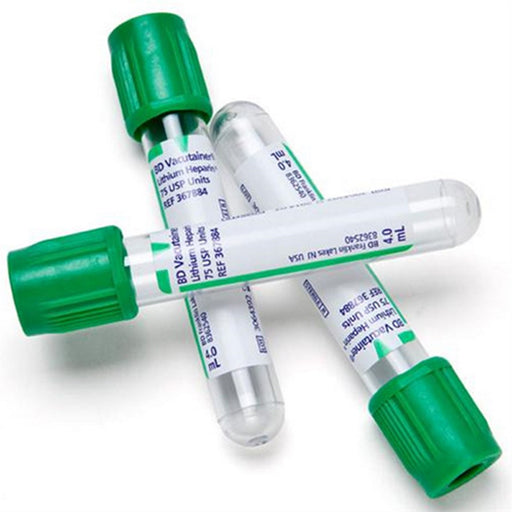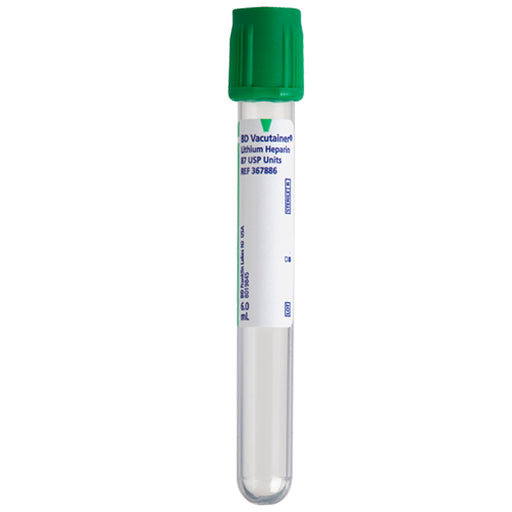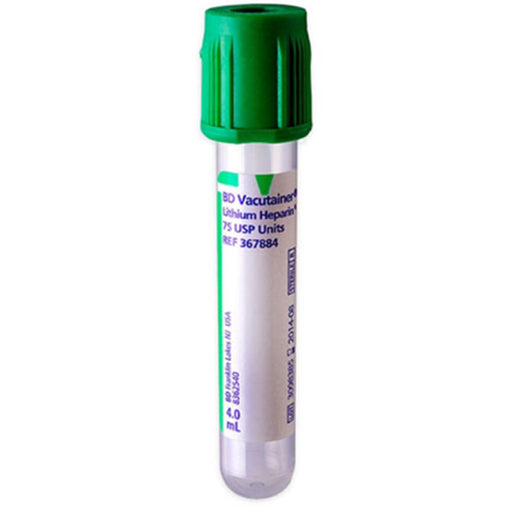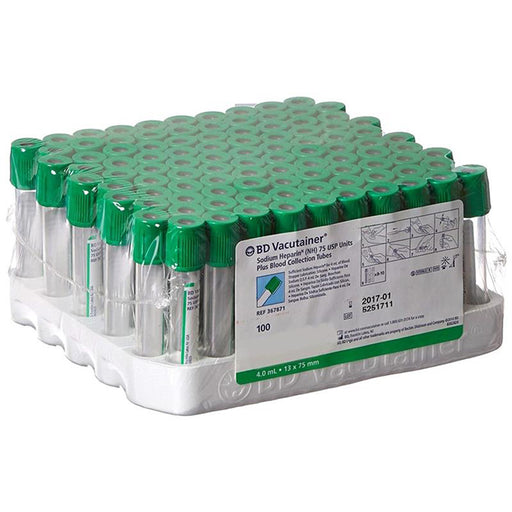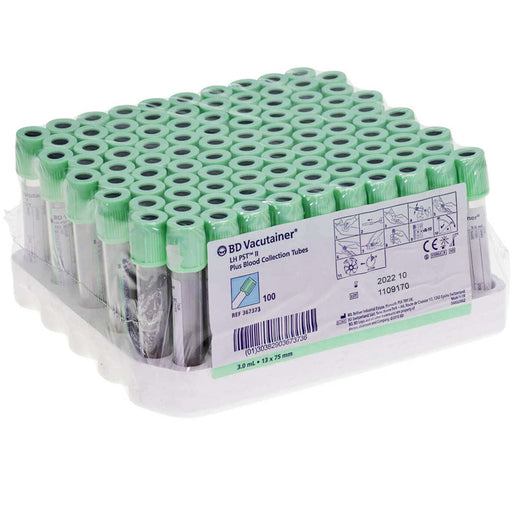Shop Premium Blood Collection Tubes for Hospitals, Labs, and Clinics – Sterile, Color-Coded, and Trusted Worldwide for Reliable Diagnostic Testing and Phlebotomy.
Elevate your lab’s precision and patient safety – order medical-grade blood collection tubes for every phlebotomy, laboratory, and diagnostic need.



